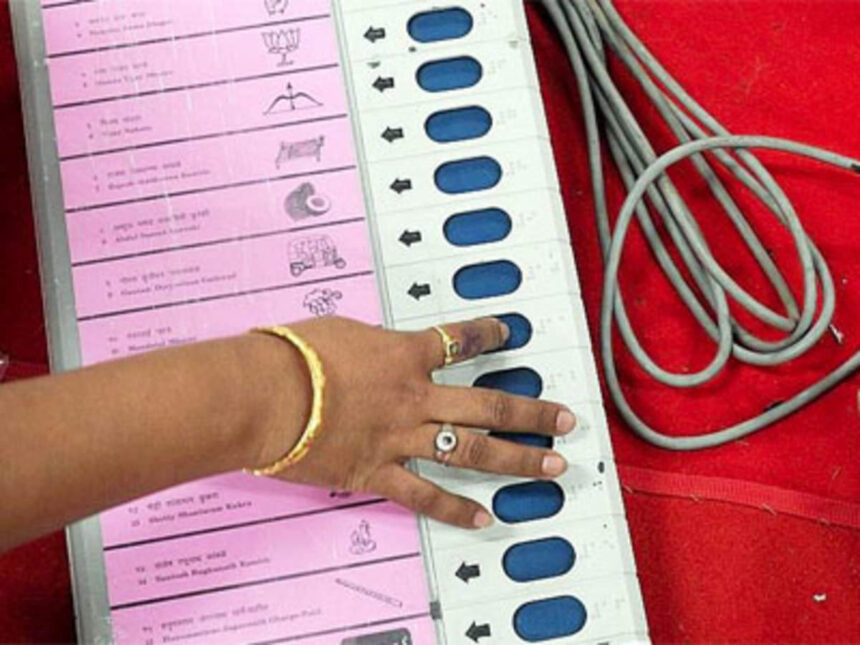Exploring the transformative role of young voters in strengthening democracy.
Introduction
Youth hold the key to shaping the future of governance in India, where over 65% of the population is under 35. With their energy, innovation, and progressive outlook, young voters have the power to influence policies and leaders through the ballot. However, harnessing this potential requires active participation, awareness, and accountability. This article explores how young people can wield the power of the ballot to drive meaningful governance and transform democracy.
The Youth Factor in Indian Democracy
1. A Growing Electoral Force
The youth demographic represents a significant portion of India’s electorate, making their participation critical in elections.
- Data Insight:
- In the 2019 General Elections, over 15 crore voters were aged 18–25, emphasizing their ability to sway outcomes.
(Source: Election Commission of India)
2. Prioritizing Issues That Matter
Young voters bring fresh perspectives on contemporary challenges, such as climate change, job creation, education reform, and digital governance.
- Example:
- Youth advocacy has pushed climate change and technology policy to the forefront of electoral agendas in recent years.
How Youth Can Shape Governance Through Voting
1. Choosing Accountable Leaders
The power to vote gives young people a direct role in deciding who will lead and represent their interests. By critically analyzing candidates’ track records, youth can prioritize leaders who promise transparency, inclusivity, and progress.
- Impact:
- Increased scrutiny of political promises ensures governance aligns with public needs.
2. Influencing Policy Agendas
Young voters often highlight neglected issues, forcing political parties to address them in their manifestos.
- Example:
- In recent elections, youth-driven campaigns have pushed for reforms in startup funding, mental health policies, and gender equality.
3. Strengthening Local Governance
Youth participation in panchayat and municipal elections ensures that grassroots governance reflects the aspirations of younger generations.
Barriers to Youth Participation in Voting
1. Apathy and Disillusionment
A common perception among youth is that their votes will not make a difference, leading to low turnout.
- Data Insight:
- Studies show that youth voter turnout is often lower than older demographics, despite their significant numbers.
2. Lack of Awareness
Many young voters are unaware of the registration process or the importance of their role in elections.
(Source: SVEEP Program)
3. Economic and Social Constraints
Issues like unemployment, migration for jobs, and lack of civic education can limit youth engagement in the electoral process.
Strategies to Enhance Youth Electoral Participation
1. Voter Education Programs
Government and civil society organizations must actively engage youth through educational initiatives about the importance of voting.
- Example:
- The Election Commission’s SVEEP (Systematic Voters’ Education and Electoral Participation)program focuses on first-time voters, encouraging registration and turnout.
2. Leveraging Digital Platforms
Social media campaigns and digital tools can mobilize young voters effectively.
- Example:
- Platforms like MyGov allow youth to discuss policies, share feedback, and connect with governance processes.
(Source: MyGov India)
3. Encouraging Peer Networks
Youth are more likely to vote when encouraged by peers, making community-based voter mobilization efforts highly effective.
The Ripple Effect of Youth Voting
1. Driving Policy Reforms
Increased youth voter turnout compels political parties to address youth-centric issues such as employment, technology, and education.
2. Reducing Corruption
By demanding accountability, young voters can reduce corruption and push for transparent governance practices.
3. Inspiring Civic Engagement
When youth participate actively in elections, it fosters a culture of civic responsibility, inspiring others to do the same.
Opinionated Yet Balanced Perspective
While the youth demographic has immense potential to shape governance, translating this into meaningful action requires addressing barriers to participation. Political parties, educational institutions, and civil society must work collaboratively to ensure that youth are informed, motivated, and empowered to vote. The ballot is not just a tool for electing leaders—it is a mechanism for expressing aspirations and demanding accountability.
Conclusion
The power of the ballot is a fundamental aspect of democracy, and young voters are its most significant drivers of change. By participating in elections, demanding accountability, and championing progressive policies, youth can transform governance at all levels. Their role in shaping a more inclusive, transparent, and dynamic political system is not just important—it is indispensable.


Leave a Reply